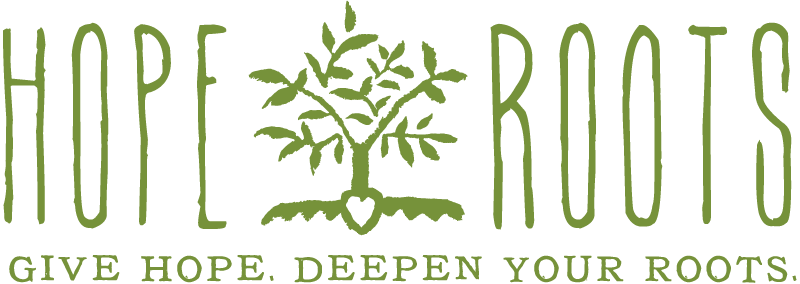This list is not for diagnosis, but combines wisdom from multiple sources to help trauma therapists more quickly identify someone who may have a dissociative disorder. Click here to download a PDF of this handout.
Three or more prior diagnoses (esp. BPD, Bipolar, mood disorders)
Prior treatment failure
Concurrent psychiatric and somatic symptoms
A history of abuse as a child (esp. twisted, complex)
An inability to recall childhood events from the years 6 to 11
Severe headaches and other pain syndromes
Impaired affect regulation
Chronic destructive behavior
Easily learning coping skills in session, inability to use them outside
Distorted relationships with others
Loss of one's system of meaning.(i.e. losing one's core beliefs, values, religious faith, or hope in the world and other people - https://www.verywellmind.com)
Neglect in infancy
Physical unavailability of primary caregiver in the first 2 years of life
Childhood caregivers who were frightened or frightening
Fluctuating symptoms and levels of function
Time distortion, time lapses, or frank amnesia
Being told of disremembered behaviors
Others noting observable changes
The discovery of objects, productions, or handwriting in one’s possession that one cannot account for or recognize
Hearing voices (80% or more experienced as within the head) that are experienced as separate, often urging the patient toward some activity
The patient’s use of “we” in a collective sense and/or making self-referential statements in the third person
The eliciting of other entities through hypnosis or a drug-facilitated interview
Traumatic medical history or childhood hospitalizations/procedures
Refugee population
Ability to block out pain, high pain tolerance Indications of disorganized attachment
Client with lots of symptoms and report a history of a great childhood
Therapist feels “floaty”, inexplicably tired or confused when the client is present .
Items in bold are ones we can usually learn very early in treatment or during intake questions
Compiled from Van der Kolk, 2001, Kluft, 1999, Twombly, 2013

